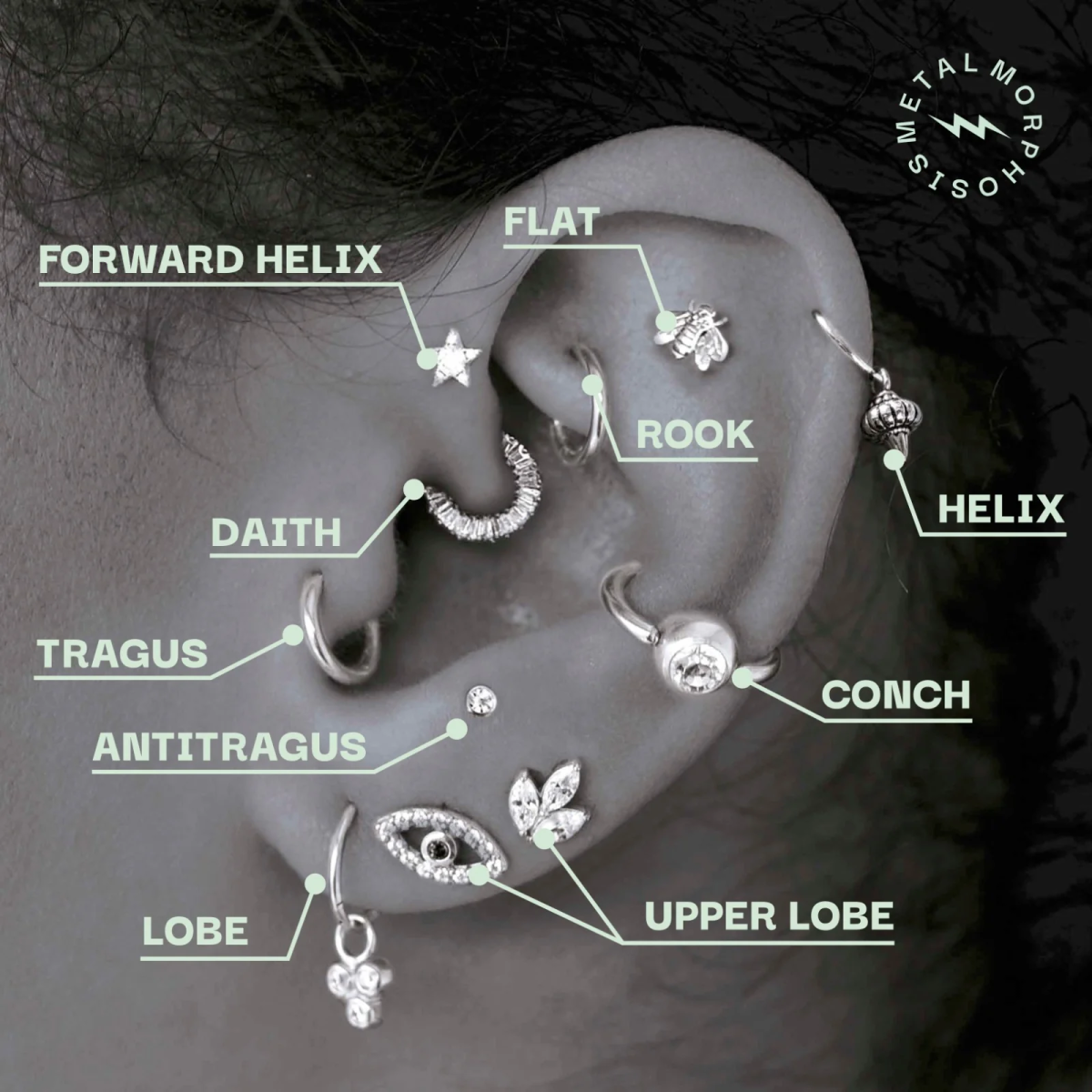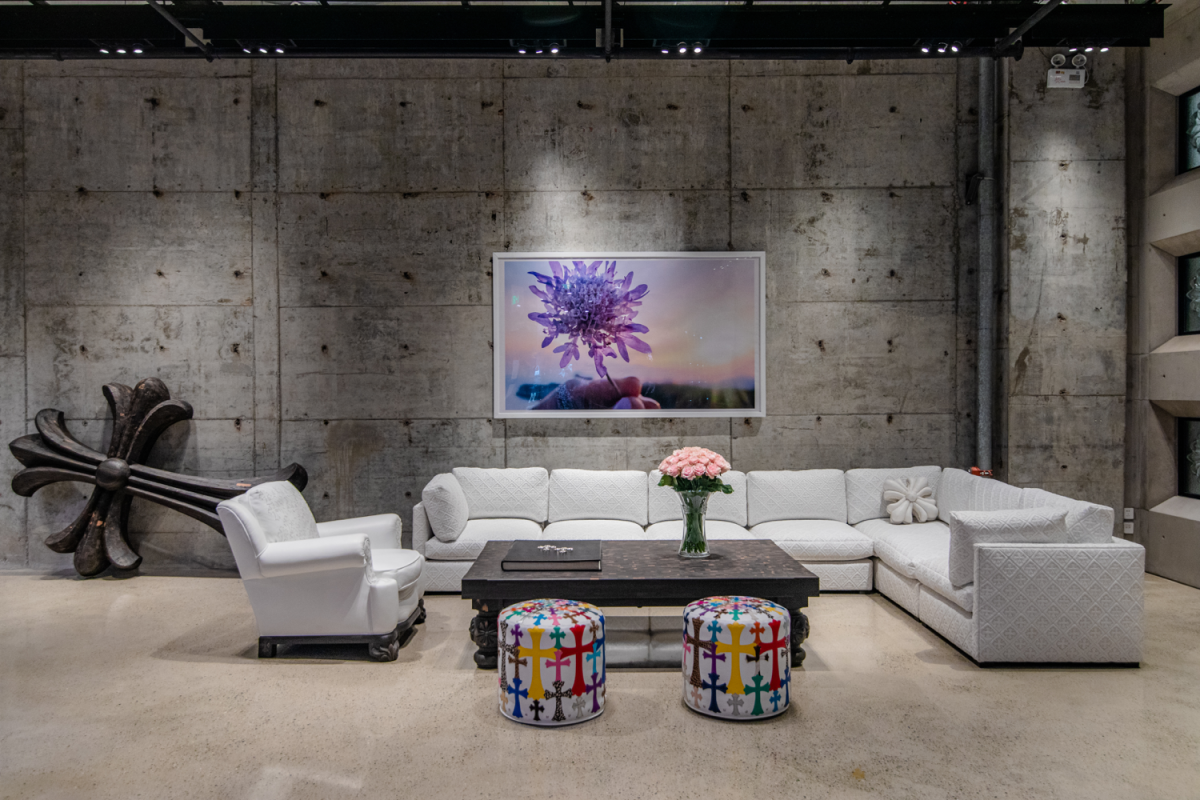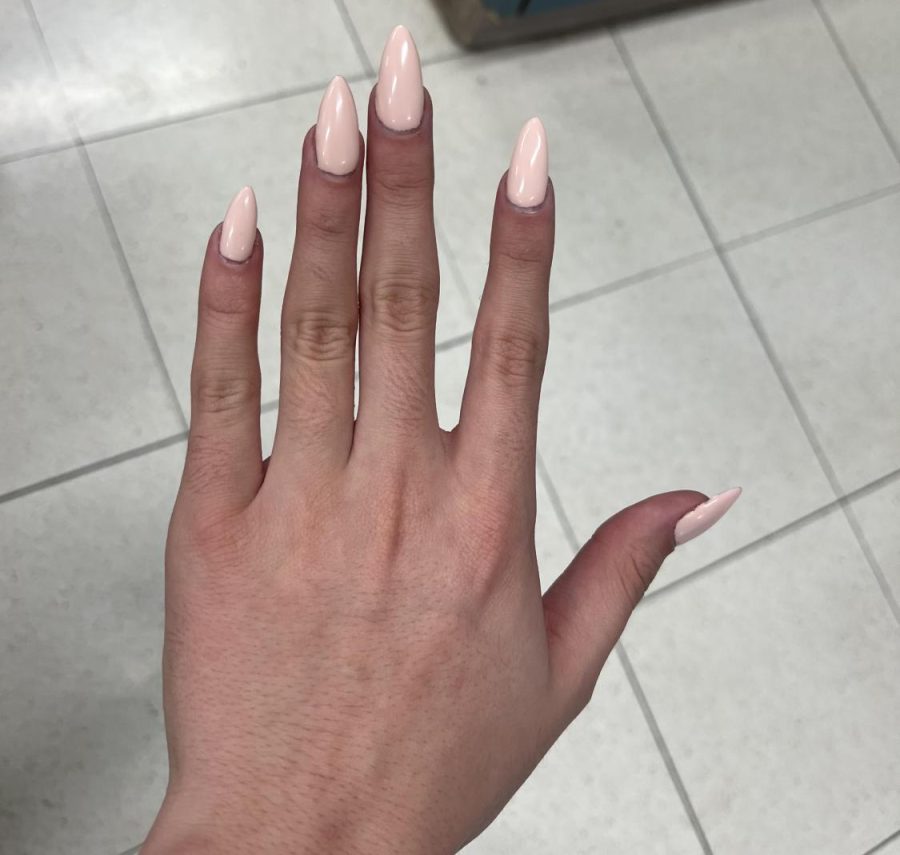Is fashion a dying industry
To understand what makes the fashion industry work the way it does is a task that most likely will never be fulfilled; it’s a game of presenting something to an audience and hoping it ticks the right boxes, appeals to certain senses, and most importantly, convinces them that it has value.
The things that allowed the industry to be able to succeed to the level it did aren’t present in the way they used to be, and the development of our society over time contributes to how we decide something is stylish or not.
The issue that arises with targeting what makes a successful fashion house is that there is never a clear way to determine why an audience likes a certain product, even when giving their own interpretation of why they came to choose the item they did, there are also a myriad of subconscious influences that make up the decision.
While it’s difficult to pinpoint which era of fashion is most notable because of a long and convoluted history, the signs of fashion’s success lie in media like music and TV, as well as having pools of talent arise due to its influence.
The most influential era of fashion was the 90’s, because of the names that were designing at the time, and the combination of conditions in pop culture that allowed the industry to flourish.
In the years leading up to the 1990’s there were many creatives that pushed the boundaries of fashion at the time: Helmut Lang, Maison Martin Margiela, Rei Kawakubo, Vivienne Westwood and others all began and started to refine their individual stylistic directions in this decade.
Fashion also had a growing importance in the world of pop culture during the 80’s – fashion resonated with the image of fame, glam, and success that celebrities accentuated. The more iconic houses like Gucci, Chanel, Yves Saint Laurent, Prada, and Versace all saw a huge increase of popularity when the public’s idols began representing the brands.
On the other side of the fashion world, countercultures – such as the music-based goth scene in the United Kingdom – began to gain recognition for their dramatic usage of clothing and makeup to create an image that coincided with their music. It was a slap in the face to an unadjusted and judgemental society.
At the same time, the neighborhood of Harajuku in Japan also began to build its prominence in the scale of being seen internationally. The youths of Harajuku are credited for building the foundations of street style that was popularized and made mainstream by the mid 2010’s. The Harajuku populous’ tendency to push their own identities and ideas into their outfits via utilization of different articles to create an unorthodox silhouette, as well as standing out of crowds with their color usage is what has led many prominent Japanese designers to credit the Harajuku regions as one of their inspirations.
By the end of the 1980’s, the world was a more stylish place, the time of appearance being everything and the idea of having clothes contribute to your image was established. The start of the 90’s gave rise to young people obsessing over certain celebrities through a net of pop culture; music, TV, magazines, movies, and even the internet can all be credited for having the youth care more about what they wear, in relation to who they admire and wish to resemble.
The fashion niche became interesting for a larger demographic and after this point, an extremely important talent pool began to arise. The 90’s allowed designers like Hedi Slimane, Marc Jacobs, Jean Paul Gaultier, Miuccia Prada, and Theirry Mugler to express their talents and thrive.
Renowned designer Hedi Slimane began his shining career in the early 90’s as an assistant in fashion marketing at Yves Saint Laurent. Soon after this, in 1996, he was appointed a position designing for their men’s ready-to-wear collections. The release of the “Black Tie” menswear collection for Yves Saint Laurent Autumn/Winter 2000 gave a chance for Slimane to preview some of his stylistic choices that would come to fame in later years, such as the dark color scheme chosen for the collection and the implementation of skinnier cuts.
In 2002, after being offered a position as creative director of Dior Homme, he left Yves Saint Laurent, moved to Berlin, and studied contemporary art for 2 years. During this time Slimane released a photography book that showcased some of his living environment during this period in black and white style, and gathered cultural influences that would add to his later works’ mystique.
After this is when Hedi began to truly blossom. With Dior Homme’s release of their Autumn/Winter collection for 2005, titled “luster”, Slimane showed off a variety of concepts on his vision of menswear in fashion, garments shown resemble sleek, flashy rockstar styling with blazers and high-top boots paired with long scarves and swooped mid-layers that are distressed, showing off the wearer’s neck and shoulders. An iconic piece that was part of this collection are the “clawmark” denim jeans that were given a new styling for the “luster” collection, shown with a wax coating for a shining presence when wearing and glittery accents. Personally, they look close to something a member of the Rolling Stones or The Sex Pistols would wear on stage, inspiration might be taken from this glamorous and successful era of men’s fashion.
Hedi’s collection was a hit, Dior’s collection rubbed off on other designers and by the 2010’s his leather-jacket led, skinny cut, chelsea boot rockstar image had made its appearance in many superstars. I’d mention that the “Hipster” image that followed might have taken inspiration from the contemporary men’s looks that were touched by Slimane, with long scarves, skinny jeans, heeled footwear, and loose-cut necklines all being a previously taboo area of menswear that was embraced at a later point.
This specific pair of jeans are a relic of a lost era, where fashion wasn’t determined by who one chooses to follow on Instagram. Famous designers had to prove their talents and skills in a world of experts, refining it to a point in which they could accentuate their own ideas while paying respects to those who came before. In 2024, you could create a single simple design, throw it on a shirt, and as long as people pay attention to it, it will sell.
The time of people being motivated by what is genuinely fashionable, the idea of something being unique and seperating yourself from a populous by appearing in a different way is ruined. It’s not hard to find examples of people who wear things only because they see others doing so, without a second thought about it. Finding something to inspire style can bring a lot of joy into one’s life even with the industry being where it is, and discovering a new way to put personal ideas into your lifestyle can allow someone to feel more fulfilled.
I think what made fashion so great were the designers, and the state of society in which these ideas could be implemented. The world moves 10 times as fast as it did during the early 2000’s and designers that deserve to have their credit appreciated do not. Even if the next Martin Margiela or Hedi Slimane were to arise, I doubt their work would garner appreciation to the level it should have. Styles that gain popularity aren’t necessarily the ones that should be popular, more what is the most presentable or acceptable to the masses.
With this in mind, I’d say that the industry has never been closer to being at a standstill. The amount of people who produce fresh collections is declining, and there are fewer looks per year that I find memorable. I think it’s harder now than ever before to create an original collection because finding an area of clothing that’s unexplored is impossible at this point in time.
There are too many companies that are based solely on becoming the fastest to sell, or copying a product of someone/something else. Fast fashion ruins the originality of style because there is now an initiative to prove you were first, or that you wear something in an authentic, unreplicated-by-fast-fashion way.
Photo from Dior Homme Archives







